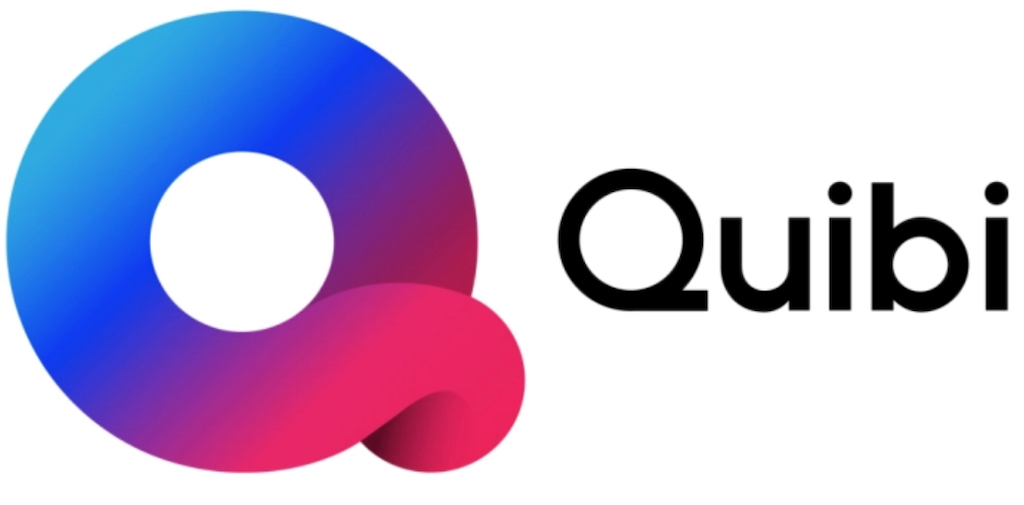I’m always on the lookout for those points of intersection between technology and culture. So I’m intrigued by Quibi’s big bet.
Quibi, if you need a reminder, is the company that Jeffrey Katzenberg started two years ago to deliver short-form mobile video. Meg Whitman is the CEO and they demoed some of their technology at CES this month.
I call what they are doing a big bet because they are gambling on new directions in three aspects of their business.
The market gamble: mobile only, Millennials as the target demographic, a revenue model involving subscriptions plus advertising.
The content gamble: all new content developed exclusively for their platform and for their format, consisting of quick bites. Quibit means quick bites and quick bites means short-form content, ten minutes or less, including movies chopped up into ten-minute chapters to be released weekly.
The technology gamble: the tech demoed at CES is Turnstyle: the patented tech that delivers landscape and portrait views of all content simultaneously, so the viewer can flip the phone to see a different aspect of the content. That could lead to some interesting viewer interactivity. It could also be an underused gimmick, but what’s definite is that it will constrain content creators: all content needs to support the feature, meaning basically shooting the movie or show (or ad) twice.
Each of these bets can be criticized on its own. The restricted market and questionable revenue model will be competing with free. The content, the form of the content, is new and untested: it may not connect, but they are committed to it. The tech: Turnstyle may be seen as a gimmick, but they’re committed to it and so are their content creators. The technology restricts them to new content that content providers are willing to develop for this complicated format. And then the basic question: is there room for another channel?
What I find intriguing is the way that these bets dovetail. The technology constrains the content, the content defines the market. They can’t unpack this thing, take pieces of it, and pivot. It’s really one integrated concept. One big bet.
And it is a big bet.
Katzenberg and Whitman are big names, but they have recruited a serious crew, including execs from Hulu. (Some executives have bailed, though, but whether this indicates troubles within is unclear.)
And they are lining up serious creative talent. The Verge lists some of the talent: “Zac Efron, Idris Elba, Kristen Bell, Chrissy Teigen, Kendall Jenner, Tyra Banks, Steph Curry, 50 Cent, and Avengers: Endgame directors Anthony and Joe Russo all have original Quibi series in the works.” Trevor Noah is developing a show. 60 Minutes is producing a short-form version of itself. Steven Spielberg is developing a series. Reese Witherspoon is on board.
And putting serious money into the project and the content. “They’re making content at $100 a minute,” Katzenberg says, “we’re making content at $100,000 a minute.”
I think it’s fair to say that these innovations, taken together, represent a paradigm shift. That they are defining a new kind of content.
Whether they will succeed or not is unclear. That’s what makes it a bet.
I’m interested in your thoughts.
